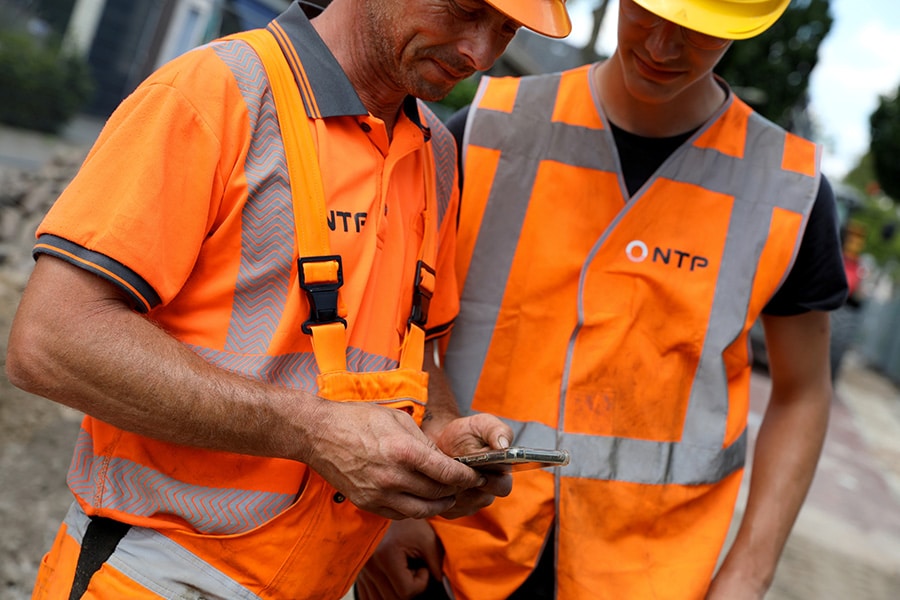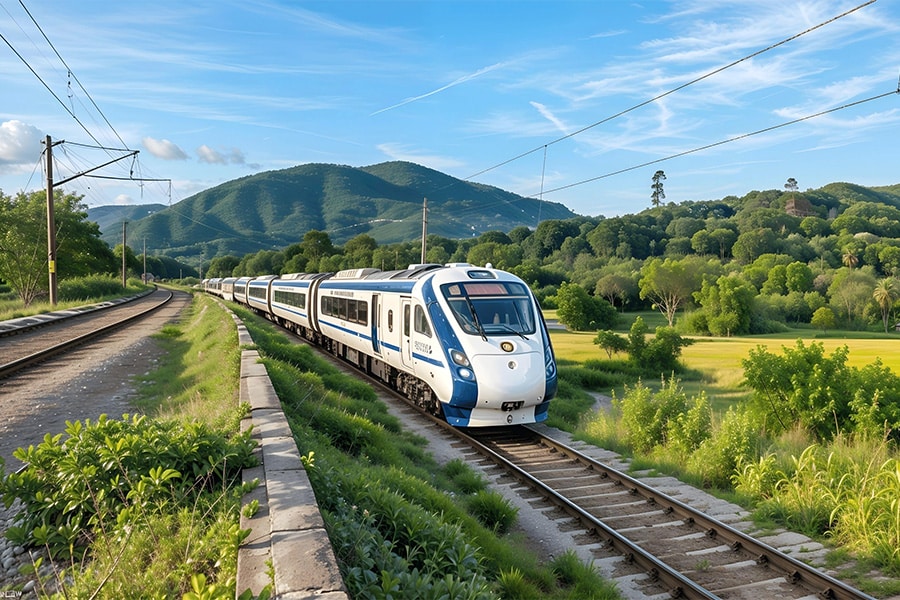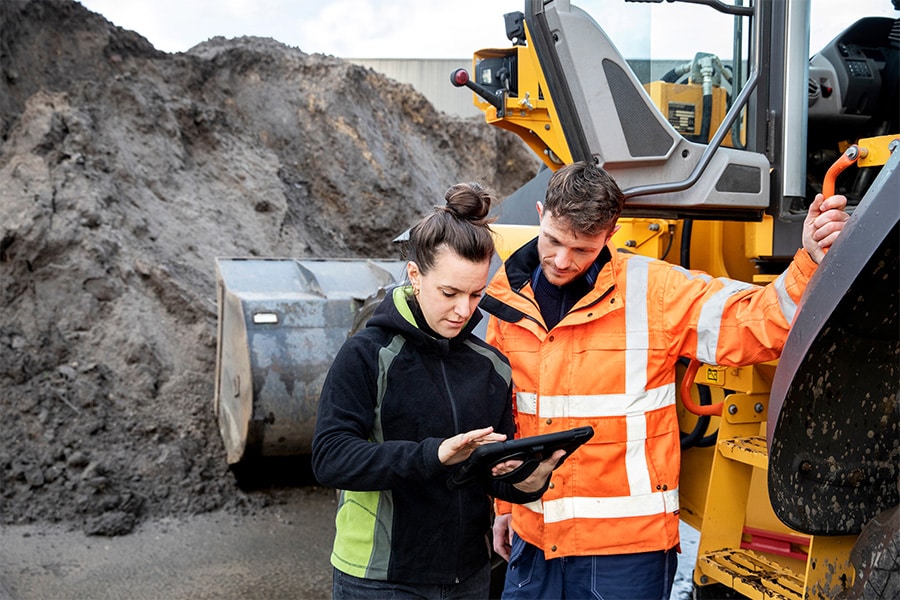
Integral software for the GWW sector
The average soil bank in the Netherlands can be described as very traditional in terms of management. A lot of paperwork is still required today to control the process of the soil bank and to comply with the applicable laws and regulations. That should be possible in a different way, they thought at BouwInfosys, a leading software supplier for companies in civil engineering.
In recent years, BouwInfosys of Helvoirt has put a lot of energy into the development and further expansion of a fully integrated ERP system for infrastructure. Part of this included depot management with a link to the weighbridge and digital driving with the guidance letter on the cell phone or tablet. "This already eliminated a lot of paperwork for our customers," says Arno Berwers, responsible for marketing & sales on behalf of BouwInfosys. "But we were eager to take additional steps. With the goal of being able to register even more digitally this way."
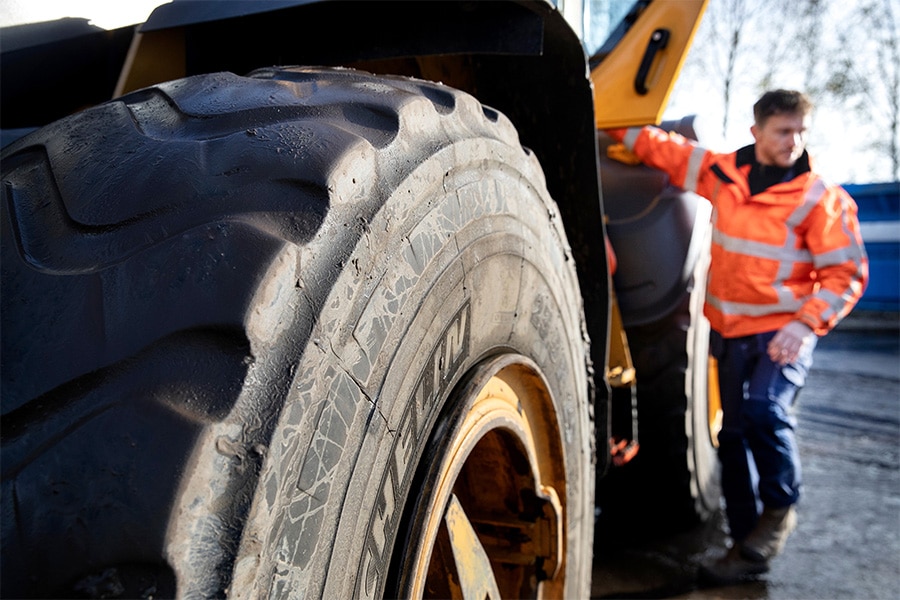
Digital map
To achieve that, BouwInfosys has spent the past two years developing a tool that allows drag-and-drop batches to be dragged, merged and produced (like breaking). What's unique about this is that the functionality is an integral part of the ERP system InfraWorks, the software solution that covers the entire process from estimation to aftercare. "Each company can now incorporate its own site plan into the software," continues Arno. "Then you can drag parties to the right location. But also ón each other, so you can easily merge them completely or partially. That dragging works very intuitively. This makes it easier to understand than the administrative actions you would normally have to perform. When a lot is physically changed, you can simply drag it to the new location and the software performs the necessary movement in the background. And precisely because the floor plan is an integral part of the ERP system, the user has continuous visibility of the correct quantities in a lot."
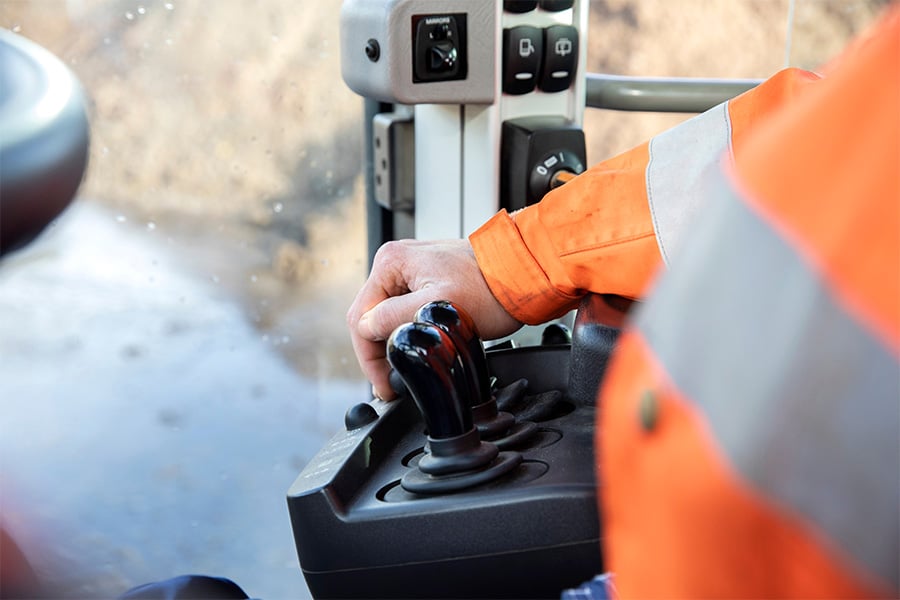
Driver self-weighing
Another important component at the soil bank is, of course, the weighbridge. For many years, the various weighbridges have been controlled from InfraWorks. The weighbridge employee requests the weight from InfraWorks, processes the weighing(s) and then issues the guidance letter or forwards the weighing via EBA (Electronic Guidance Letter Waste) to the transport company. It had to be possible to do all this more efficiently, was the thought within the Helvoirt company walls. Of which. "Several years ago, we added an extra functionality to the app for cell phone and tablet for our own drivers," says Arno. "This allows them to do the weighing themselves. Without the intervention of the weighbridge employee, that is. A button is available in the app to retrieve the weight from their own weighbridge. As a result, it is no longer necessary to have the weighbridge employee register the weighing for their own trips to and from their own soil bank. And that saves the necessary time and effort."
Unmanned roads
Unmanned weighing - integrated within an ERP system - is the latest development for residue centers. The weighbridge supplier provides the hardware for this, such as camera, barrier and traffic light. InfraWorks then controls this hardware. "The biggest advantage of unmanned weighing in InfraWorks is obviously in the efficiency gains," Arno explains. "This is achieved not only because the weighing takes place without the intervention of one or more people. During the weighing, the system also immediately updates the stock and arranges the start of invoicing. As soon as the truck arrives at the weighbridge, InfraWorks recognizes via camera which car is in front of the bridge. From the EBA pre-announcement or from its own template, the system knows which product the truck is coming with and which waste stream is being driven on. If the driver enters the correct information on the pole at the weighbridge, the truck may enter the yard to unload. Once the job is done, the truck is weighed again as it exits. That completes the weighing."
Heeft u vragen over dit artikel, project of product?
Neem dan rechtstreeks contact op met BouwInfosys BV.
 Contact opnemen
Contact opnemen

